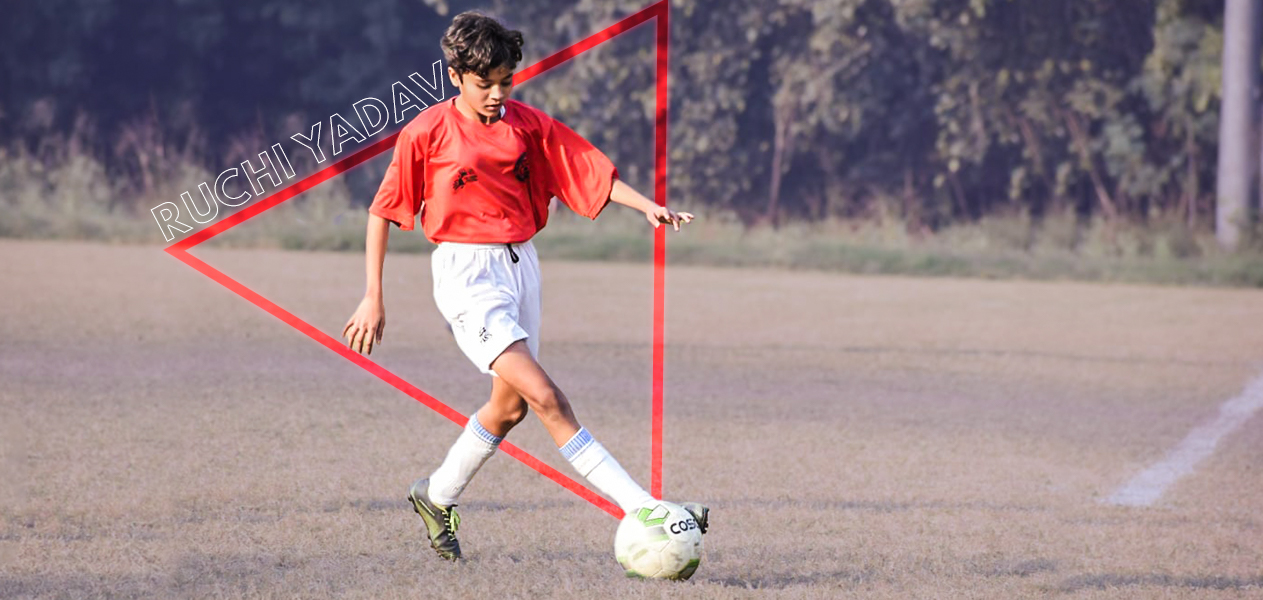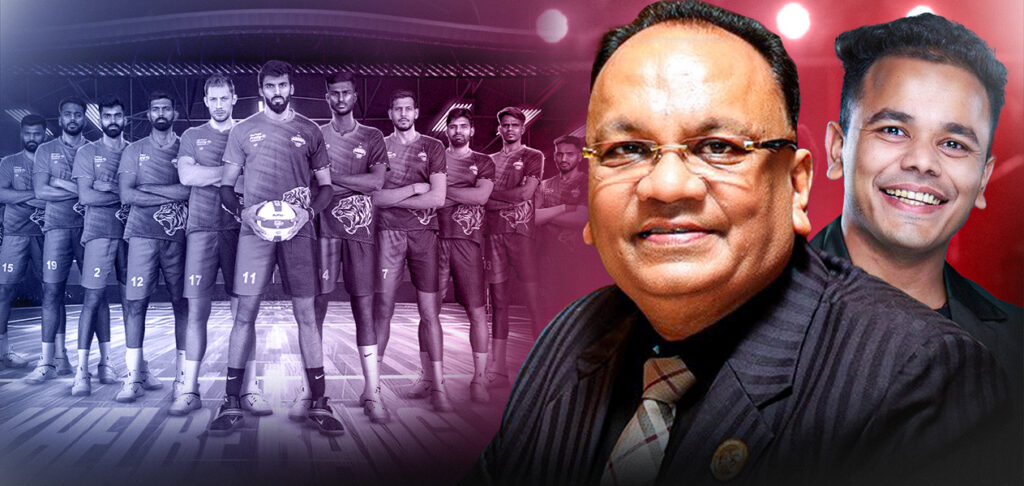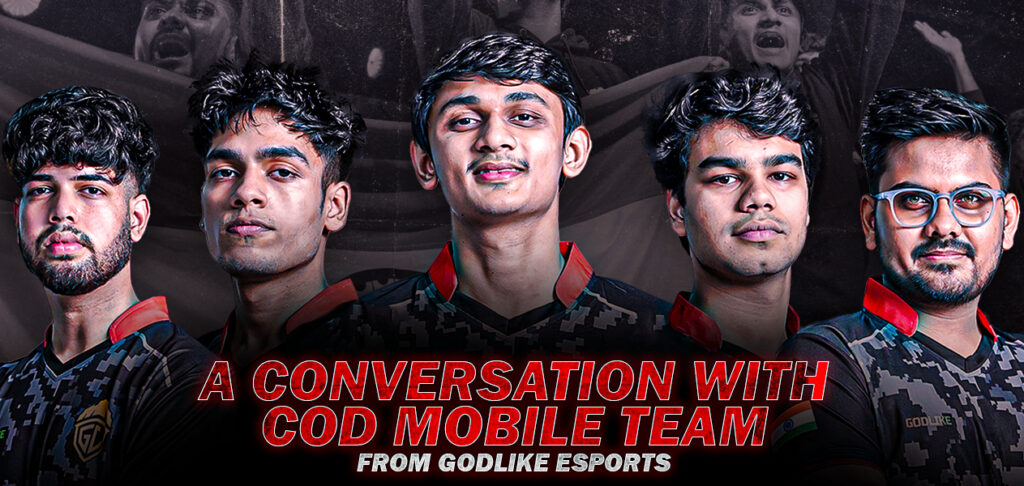First, let me start by acknowledging the obvious. As someone who has played the game for the better part of a decade now, I could clearly observe that the other teams in India’s group were clearly stronger – technically, tactically, and physically.
The United States look very impressive and are easily one of the strongest teams in the competition. Morocco have great stamina and work-rate. Brazil have amazing individuals, and they scored three long-range goals against us. Overall, the statistics read 0 goals scored, 16 goals conceded.
Yes, the opponents were stronger. That doesn’t mean that we couldn’t have done anything. There were certain aspects of the game which could have been handled a little better. Do keep in mind that some of these mistakes could have been due to the nerves of the occasion – something all players face at times.
Goalkeeping distribution:
We were always going to struggle to match opponents physically, thus winning the first ball was going to be a tall order. The players were outmuscled at times while going for the ball, especially in the US match.
Having said that, both Anjali Munda and Melody Chanu opted for the long goal-kick. While Anjali’s kicks didn’t get the required distance and elevation, Melody’s kicks did reach the half-line but often missed the target.
The intention was clearly to have the wingers fall back and collect the aerial goal-kick from the restart, but the ball went centrally too many times. We kept losing the ball from the restart, inviting pressure onto ourselves.
Playing out from the back:
This isn’t a norm in Indian football – trying to build-up from the back and playing a grounded game all the way to the goal. I see it in European football and it looks good to watch – it is very difficult to implement though.
The number of teams that do this in Indian football are negligible. I have played against more than 50 teams in Indian women’s football and passing play is a rarity. The norm is to go direct – more often than not.
I was personally looking forward to India putting together some combination play – but they rarely did, instead looking to launch the ball long and have the forwards run after it.
Defence getting dragged:
All three teams that we faced were able to find room to operate in the half-spaces and wings. We looked very vulnerable, especially when defending the wings.
The US executed this strategy to perfection, dragging the full-backs out time and again, thus opening up huge spaces behind them to exploit. With the entire defence attracted towards the ball, cut-backs became a huge source of chances for the opponents.
Both Astam and Shubhangi got caught committing too early on many occasions, thus getting beaten in 1v1 duels. This forced the centre-backs to take evasive action, thus allowing opponents time in the box.
Midfield unable to keep the ball:
India went with a 4-2-3-1 in all its games. The midfielders were tasked with sitting deep in front of the back-line. They were used in defensive transitions, but were missing in attacking scenarios.
A lack of ball control and the inability to operate on the turn meant that they lost the midfield battle, and were largely by-passed completely. This also piled extra pressure on the defence, who were caught defending their box every 2-3 minutes.
If our midfield had managed to keep the ball, they may have been able to create some chances for our forwards. As it happened, the forwards were starved of service throughout the three matches.
Wingers too hasty:
I thought Nitu Linda pressed well and Neha looked to capitalise on the counter but on the whole, they squandered the chances that came their way.
The decisions to shoot from distance or pass into empty spaces did not bear fruit as the opposition goalkeepers were hardly troubled. I understand that the wingers may not have the confidence to directly face the opposition full-backs in a head-on duel.
But if they had managed to string a few passes, they may have altered the shape of the opposition backline, thus creating spaces. There were moments where the forwards could have posed a threat to the other teams, but poor decisions in the final third let them down.
Play to our strengths:
Overall, I want to summarise by stating that the game looks much tougher on the field than it looks from the outside.
However, if we had not panicked and played to our strengths, we may have nicked a goal or two. Maybe even a point or two. Against higher-calibre opposition, the strengths of our decisions alone can sometimes change the game.
I know these aren’t the best results, but please keep supporting women’s football!
About the author:
Ruchi Yadav is 16, has played for Delhi at the sub-junior and junior level. She was the vice-captain of the side that played at the 2022 Under-17 nationals. She has also won the Emerging Player of the Year Award for the Football Delhi Women’s Championship three seasons in a row – 2020-21, 21-22 and 22-23. She hopes to one day wear the Blue jersey.













